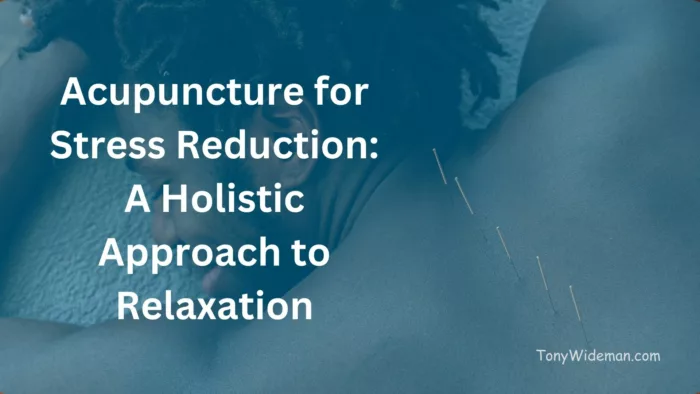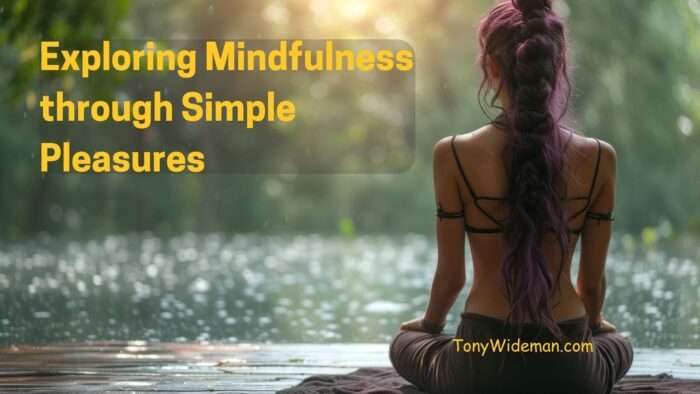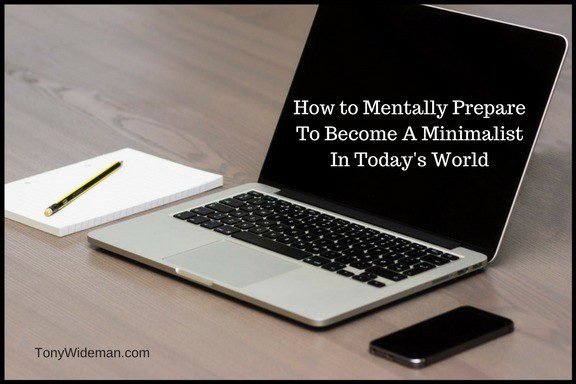Simple Pleasures: A Path To Mindful Living

Have you ever noticed how a warm cup of coffee feels in your hands on a chilly morning or how peaceful it feels to watch the rain patter against the window?
These small moments are what I call the art of simple pleasures. In our crazy, mixed-up world, it’s easy to overlook these tiny experiences, but they hold the key to a path to mindful living. They can dramatically impact our happiness and satisfaction with life.
Now, appreciating the mundane might seem trivial, but it’s far from it. The beauty of simple pleasures lies in their accessibility; they don’t require grand gestures or expensive purchases.
Psychologists have found that regularly acknowledging these moments boosts our mood and fosters resilience against stress. It’s about finding joy in the ordinary and becoming aware of the present moment.
Simple pleasures remind us that happiness is not a destination but a journey marked by a series of small, fulfilling experiences.
Think about it. When was the last time you savored the taste of your favorite meal or stopped to smell flowers blooming in your neighborhood?
These examples are just a couple among the countless simple pleasures around us. I’ll share more inspiring examples, and maybe you’ll discover new ones that resonate with you.
What’s fantastic is that these pleasures are within reach daily, waiting for you to recognize and appreciate them.
And here’s where we bridge into mindfulness. Simple pleasures aren’t just about enjoyment; they’re opportunities for practicing mindfulness.
I’m here to help you embrace these moments, delight in them, and ground yourself in the present.
In the following section, you’ll learn how these pleasures can be transformed into mindfulness exercises, becoming powerful tools to mitigate the effects of stress and boost your mental well-being.
It’s not just about feeling good in the moment; it’s about building a more attentive and appreciative approach to life.
Introduction to a Path to Mindful Living
Mindful living is a holistic approach that emphasizes being present in the moment and cultivating a deep awareness of oneself and the world around us.
It involves paying attention to our thoughts, feelings, and sensations without judgment and making conscious choices that align with our values and intentions.
Cultivating Mindfulness with Simple Pleasures
Mindfulness seems to pop up everywhere, but there’s a good reason. It involves being present in the moment and works wonders for decluttering a busy mind. Let’s explain what mindfulness means and why it’s essential for you.
In my opinion, mindfulness is about noticing the details of your life—the texture of your morning toast, the warmth of the sun on your skin, or even the hum of traffic. It’s these details that anchor you in the ‘now.’
If you want to incorporate mindfulness into your daily routine, start small. Choose something that resonates with you, like savoring your coffee a bit longer or listening intently when your friend speaks.
You can constantly adjust your approach down the road.
Simple pleasures are a natural fit for practicing mindfulness. Why?
Because they’re accessible and often overlooked, you’ll learn about turning these moments into daily practice and don’t worry too much about perfecting it.
Experience teaches us that mindfulness isn’t about adding more to your to-do list—it’s about fully experiencing what’s already there.
This means lowering stress levels and discovering a fresh perspective on life’s challenges.
So here’s the big takeaway:
Mindfulness through simple pleasures is like a superpower for mental health. You might not notice the effects overnight, but there’s a lot of opportunity to turn your attention to the little things consistently.
Your first attempt doesn’t need to be your last.
Benefits of Mindful Living
Practicing mindfulness has been linked to reduced stress, anxiety, and depression.
Focusing on the present moment can help individuals better manage their emotions and develop greater calm and clarity.
Enhanced Physical Health
Research suggests that mindfulness can positively affect physical health by lowering blood pressure, boosting the immune system, and reducing inflammation.
Mindfulness can improve sleep and overall well-being by reducing stress and promoting relaxation.
Increased Emotional Resilience
Mindful living helps individuals develop resilience in the face of life’s challenges.
People can navigate difficult emotions and experiences with greater ease and grace by cultivating acceptance and non-reactivity.
Practicing a Path to Mindful Living
One of the most common practices of mindful living is mindfulness meditation.
This involves sitting quietly and observing the breath, bodily sensations, thoughts, and emotions as they arise.
Regular meditation can strengthen attention and awareness, leading to greater mindfulness in daily life.
Mindful Eating
Mindful eating involves paying full attention to the eating experience, including taste, texture, and aroma.
By slowing down and savoring each bite, individuals can cultivate a healthier relationship with food and make more conscious choices about what and how much they eat.
Mindful Movement
Mindful movement practices such as yoga, tai chi, and qigong combine physical activity with mindfulness techniques.
These practices encourage individuals to move with awareness and intention, fostering a deeper connection between mind and body.
Integrating a Path to Mindful Living into Daily Life
Practicing mindful communication involves listening deeply to others, speaking with honesty and compassion, and being fully present in conversations.
We can cultivate deeper connections and resolve conflicts by bringing mindfulness to our interactions.
Mindful Work
Mindful work involves bringing awareness and presence to our professional lives.
This can include taking regular breaks to check in with ourselves, setting clear boundaries between work and personal time, and approaching tasks with focus and intention.
Mindful Relationships
Mindful relationships are built on trust, respect, and understanding.
By practicing active listening, empathy, and kindness, we can nurture deeper connections with our loved ones and create a supportive and harmonious environment.
Expanding Awareness Beyond the Self
Cultivating mindfulness doesn’t end with personal tranquility; it extends its roots deep into the fabric of our interpersonal connections.
A subtle shift happens when you notice the little wonders in daily life. You begin to view your surroundings with keener eyes and a more expansive heart.
Simple pleasures, like the warmth of sunlight through a window or the rhythm of rain against the roof, can unite us in shared experiences.
Focusing on these everyday joys can foster empathy and connection with those around us.
It’s not just about feeling good; it extends to creating a positive ripple effect in your community.
Through mindful living, you can transform how you engage with friends, family, and strangers.
You’ll learn about the importance of active listening, expressing gratitude, and offering support bolstered by a foundation of mindfulness.
Over the long haul, the collective embrace of simple pleasures and mindfulness can lead to more robust, compassionate communities.
Think of these practices as seeds that, when nurtured, sprout into a garden where kindness and understanding flourish.
So, my question to you today is: How will you let simple pleasures guide you toward a more mindful, connected life?
Choose something that resonates with you, and let that pilot you through a lifelong journey of discovery and kinship.
Conclusion
In conclusion, mindful living offers greater peace, joy, and fulfillment.
By incorporating mindfulness practices into our daily routines, we can cultivate a more profound sense of presence, resilience, and well-being.
Whether through meditation, mindful eating, or mindful movement, conscious living begins with a commitment to be fully present in each moment.









